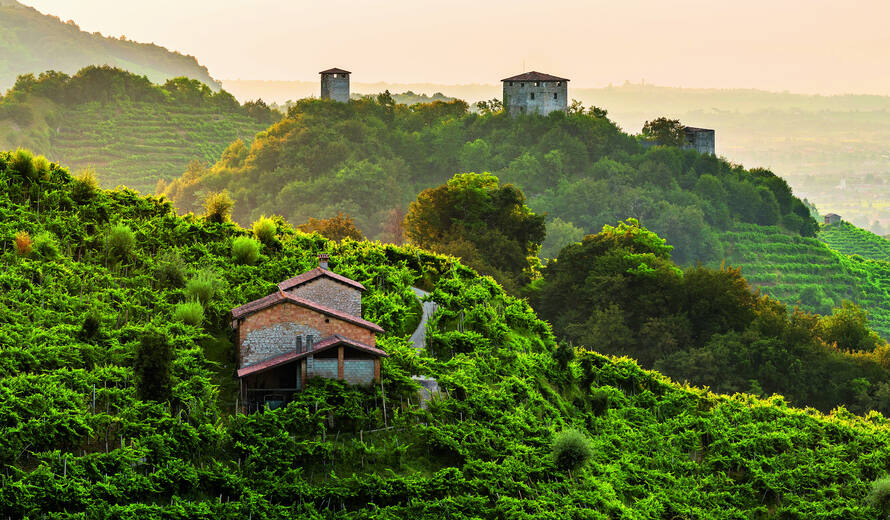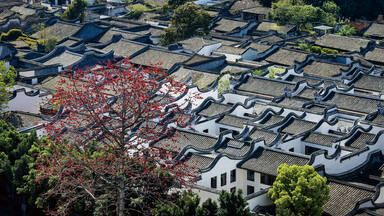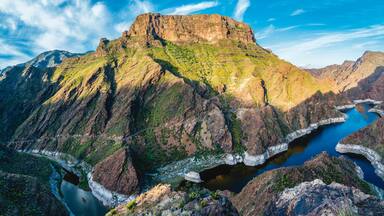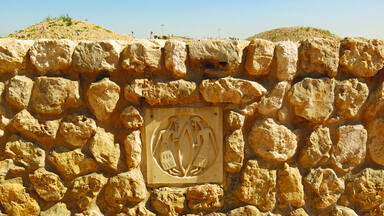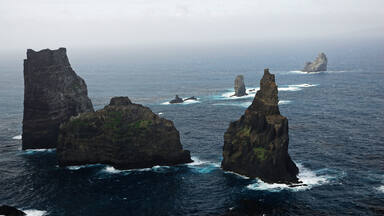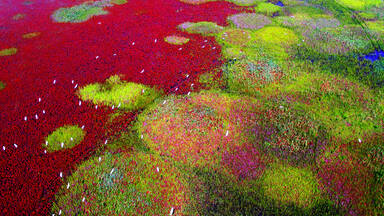Two cultural sites added to UNESCO’s World Heritage List
During its meeting in Baku this afternoon, the World Heritage Committee, inscribed two cultural sites on UNESCO’s World Heritage List, ending this year’s inscriptions on the List.
The newly added sites, by order of inscription:
Le Colline del Prosecco di Conegliano e Valdobbiadene (Italy) — Located in north-eastern Italy, the site includes part of the vinegrowing landscape of the Prosecco wine production area. The landscape is characterized by ‘hogback’ hills, ciglioni – small plots of vines on narrow grassy terraces – forests, small villages and farmland. For centuries, this rugged terrain has been shaped and adapted by man. Since the 17th century, the use of ciglioni has created a particular chequerboard landscape consisting of rows of vines parallel and vertical to the slopes. In the 19th century, the bellussera technique of training the vines contributed to the aesthetic characteristics of the landscape.
The 20th century Architecture of Frank Lloyd Wright (United States of America) – The property consists of eight buildings in the United States designed by the architect during the first half of the 20th century. These include the Fallingwater (Mill Run, Pennsylvania), the Herbert and Katherine Jacobs House (Madison, Wisconsin) and the Guggenheim Museum (New York). These buildings reflect the “organic architecture” developed by Wright, which includes an open plan, a blurring of the boundaries between exterior and interior and the unprecedented use of materials such as steel and concrete. Each of these buildings offers innovative solutions to the needs for housing, worship, work or leisure. Wright's work from this period had a strong impact on the development of modern architecture in Europe.
The 43rd session of the World Heritage Committee continues until 10 July.
Contacts
Lucía Iglesias Kuntz, UNESCO Media Section,
l.iglesias@unesco.org,
+994 50 557 99 52 or
+33 (0) 6 80 24 07 29
Agnès Bardon,
Service de presse de l’UNESCO,
a.bardon@unesco.org,
+994 50 557 99 53 or
+33 (0) 6 80 24 13 56
Follow us
Follow the Committee on Twitter: #WorldHeritage
Twitter: @UNESCO
Facebook:@UNESCO
